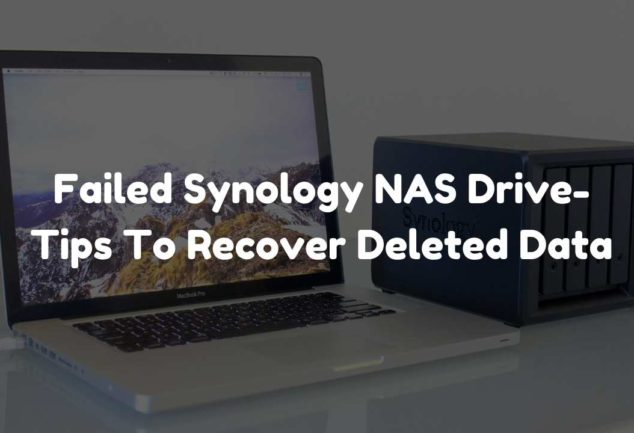

You can take a more proactive approach by performing diagnostic S.M.A.R.T. Take preemptive action upon receiving hard drive alerts, for ignoring these warning signs may cost you big when disaster strikes. In general, it’s only a matter of time before a drive fails, but we can take simple yet important precautions against drive failures before they ultimately lead to data loss. Consider replacing your drive with a healthy one when you receive a warning, as it could be a sign of impending drive failure. By the way, you can refer to the Synology Products Compatibility List to check the expected lifespan of your SDD. If this error keeps occurring, please back up your data and examine the hard drive status by conducting a S.M.A.R.T. However, your drive may be still working properly after several retries. Bad sectors may also lead to drive I/O errors. Since accumulated bad sectors will gradually lead to data loss in the long term, you’ll receive a warning when the detected bad sectors are increasing. Other than the above-mentioned alerts, there are three other events that you should pay attention to as well. We strongly recommend that you back up your data and replace the current drive. If the issue continues, it may suggest that the drive is not working properly. When you receive a notification regarding any of these errors above, it could be an early warning sign of a failing drive. Alert of drive with read abnormality (UNC error) Drive reconnection alert when Synology NAS boots upĤ. Drive re-identification (IDNF error) alertģ. The following are events 3 related to these errors:Ģ. A UNC error implies that the data the hard drive attempts to read is damaged and cannot be corrected using ECC (Error correction code). An ICRC error is a communication problem occurring when data is transferred between the host and the hard drive, while an IDNF error occurs when the drive is unable to read data that is located at a corrupt sector. Let’s get started with three common error terms: ICRC, IDNF, and UNC errors. Select the seven events 2 in particular and take necessary action upon receiving a notification message triggered by them.

tests regularly, the other thing you can do on your Synology NAS is configuring notification event settings in “Internal Storage” under the Advanced tab in Control Panel. Drives that have developed bad sectors are 10X more likely to result in failed drive access than those which don’t have any bad sectors. Both Google ’s and our statistics show that these attributes are highly correlated to a higher chance of drive failure. It is ideal to have a low value of the above attributes, as these values can be used as a benchmark to detect looming drive failures. This reallocation process is called “remapping.” Note, though, that increasing remapping operations will slow down drive access and may spell the end of your drive. Upon detecting an impaired sector, it will be redirected to a reserved space – a spare sector. A bad sector is a cluster of unreadable data caused by wear and tear, over-heating, collision, file system error, etc. attributes 1 that are related to bad sectors: Reallocated Sector Count (ID 5), Reallocated Event Count (ID 196), and Current Pending Sector Count (ID 197). Pay extra attention to the following three S.M.A.R.T. The results can serve as an indicator of the remaining lifespan of a drive. attributes are examined by utilizing several parameters to see if the drive is starting to develop problems. is the acronym for Self-Monitoring, Analysis and Reporting Technology, which is a monitoring system used to gauge drive reliability and provide information on the current status of the drives. test on a regular basis to keep tabs on your drive health status and take immediate action when necessary. tests and setting up event-triggered notifications.įirst, perform a S.M.A.R.T. Yes, and there are two precautionary measures that we can take to minimize the possibility of data loss caused by drive failure: running regular S.M.A.R.T. So, is there anything we can do to forestall drive failure? If you don’t have a backup plan or a DR solution in place, it’s very likely that you’re going to experience catastrophic data loss. However, it’s a bigger threat when it comes to volume crashes. It’s less of a problem if a hard drive failure results in a degraded volume since you only have to rebuild your RAID array by finding out the damaged drive and replacing it with a new one. Drive failures can go undetected and may occur anytime, and they will either lead to volume degradation or volume crashes.


 0 kommentar(er)
0 kommentar(er)
